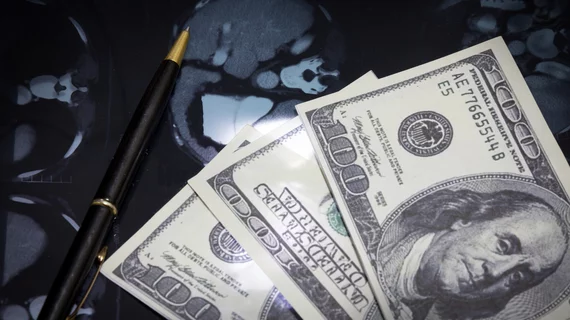90% of residents in radiology and other specialties say they’re underpaid: ‘I am barely surviving’
About 90% of residents in radiology and other specialties believe they are underpaid for their work, according to new survey data from Medscape.
The finding comes despite a 27% increase in average resident pay over the last nine years and 4% year-over-year growth, up to $70,000. Unionization and collective bargaining have helped play a “crucial role” in driving up resident pay. But most still believe their compensation doesn’t correspond with the long hours and stress.
“It’s a disgrace,” a fourth-year plastic surgery resident told Medscape.
“There is no need to provide slave labor in order to learn a trade,” said a third-year resident in psychiatry.
“I am barely surviving. It’s difficult to support a family with kids on this stipend,” added another unidentified survey respondent.
Medscape conducted the online poll between March and June, reaching 592 respondents across about 30 specialties. This included about 30 (5%) radiologists, with respondents required to be U.S. practicing residents.
Those in their first and second years of residency were earning about $65,000 versus $78,000 in years 5-8. This difference in average compensation among residents approached 20% compared to 16% in the prior-year survey.
Most work in hospital settings (60%), with academic nonhospitals (15%) and healthcare organizations (9%) the next most popular answers. The American College of Physicians has worked to open more residency slots outside of hospitals, Medscape noted, with 5% of survey respondents working in office-based, single-specialty practices and 3% in multispecialty groups.
When asked how much their compensation should increase, 26%-50% was the most popular answer (37%) followed by 11%-25% (25% of responses). Debt is a crucial consideration for residents, as over half of respondents said they have at least $150,000 in medical school bills. Work schedule/call hours is the most important factor for those considering their first post-residency position at 36%. Other popular responses included starting compensation (19%), supportive practice environment (17%) and educational/professional growth opportunities (10%).
You can read more about the results from Medscape:

